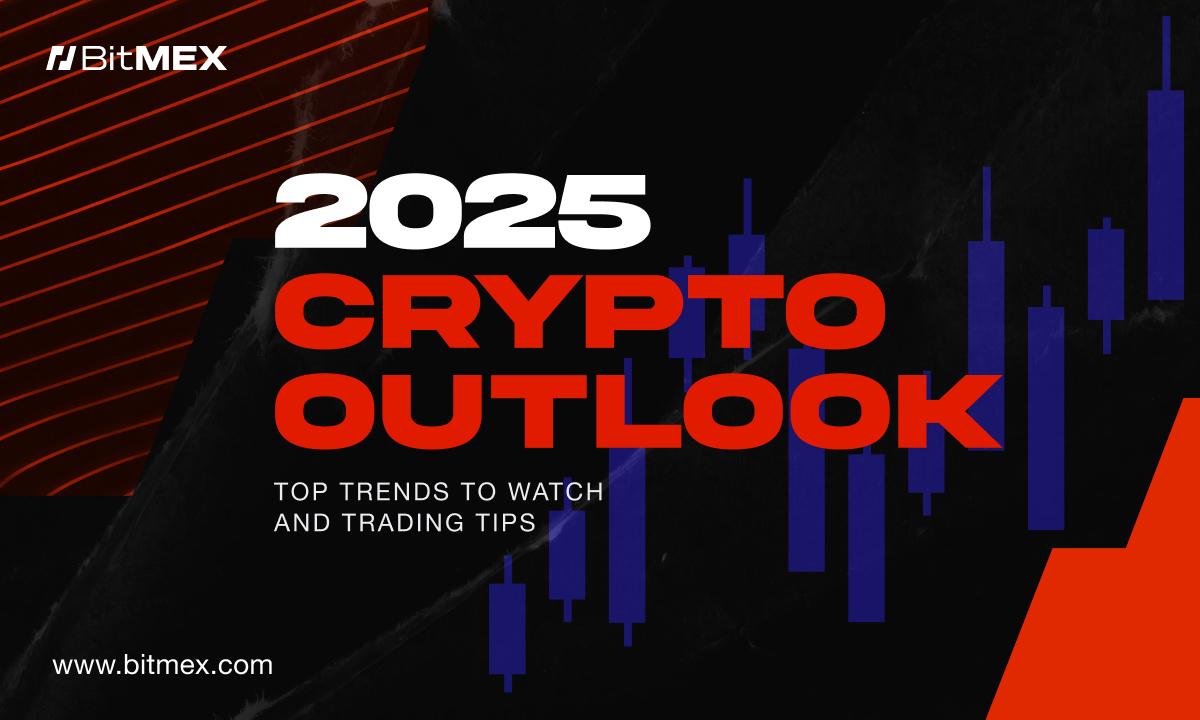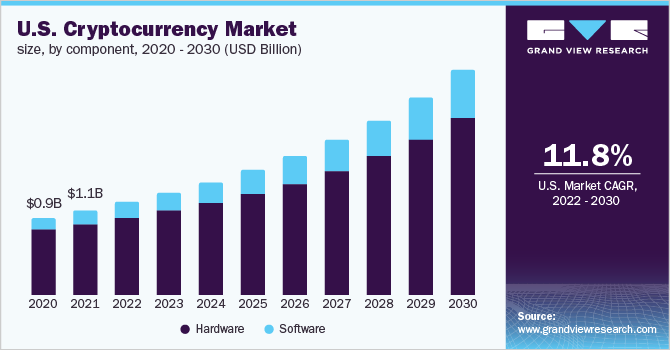Uncategorized
cryptocurrency market trends february 2025
Cryptocurrency market trends february 2025
To conduct the report, Data Driven Consulting Group surveyed 7,205 consumers in the US, UK, France, Italy, Singapore, and Australia (approximately 1,200 consumers per country) from March 18 to April 10, 2025 https://dobisinternational.com/.
Galaxy and members of Galaxy Research may own the coins mentioned, including Bitcoin, Ether, and Dogecoin. Many more predictions were made and not shared, and many more could be made. These predictions are not investment advice, or an offer, recommendation, or solicitation to buy or sell any securities, including Galaxy securities. These predictions represent the point-in-time views of the Galaxy Research team as of December 2024 and do not necessarily reflect the views of Galaxy or any of its affiliates. These predictions will not be updated.
The world’s top four custody banks will custody digital assets in 2025. The Office of the Comptroller of the Currency (OCC) will create a pathway for national banks to custody digital assets, leading the world’s top four custody banks to offer digital asset services: BNY, State Street, JPMorgan Chase, and Citi. -Alex Thorn
There will be at least ten stablecoin launches backed by TradFi partnerships. From 2021 to 2024, stablecoins have experienced rapid growth, with the number of projects now reaching 202, including several with strong ties to traditional finance (TradFi). Beyond the number of stablecoins launched, their transaction volume growth has outpaced that of major payment networks like ACH (~1%) and Visa (~7%). In 2024, stablecoins are increasingly interwoven into the global financial system. For example, the U.S.-licensed FV Bank now supports direct stablecoin deposits, and Japan’s three largest banks, through Project Pax, are collaborating with SWIFT to enable faster and more cost-effective cross-border money movements. Payment platforms are also building stablecoin infrastructures. PayPal, for instance, launched its own stablecoin, PYUSD, on the Solana blockchain, while Stripe acquired Bridge to support stablecoins natively. Additionally, asset managers such as VanEck and BlackRock are collaborating with stablecoin projects to establish a foothold in this sector. Looking ahead, with growing regulatory clarity, TradFi players are expected to integrate stablecoins into their operations to stay ahead of the trend, with first movers poised to gain an edge by building the foundational infrastructure for future business development. -Jianing Wu

Cryptocurrency market analysis april 2025
Short-term catalyst effect: Historically, major Ethereum upgrades often serve as catalysts for price increases. For example: after the Chaella upgrade in April 2023, ETH rose 45%; before the Dencun upgrade in March 2024, ETH gained 70%. If the Pectra mainnet upgrade goes smoothly, the market may speculate on the technical benefits in advance, driving ETH to continue rising and touching the $2,800-3,000 range.
April 2025 was a defining month for the cryptocurrency market, marked by dynamic price movements, increasing institutional engagement, and significant regulatory signals across major economies. Leading the charge was Bitcoin (BTC), which demonstrated robust bullish momentum by registering over 14% in monthly gains, climbing from $82,500 to over $94,000. This upward trajectory unfolded despite early-month turbulence driven by geopolitical tensions and trade policy uncertainties, particularly between the U.S. and China.
The middle of April brought a phase of sideways price action, as TRX consolidated between $0.2400 and $0.2500. While the price lacked a clear directional bias during this period, ecosystem activity continued to thrive. A key milestone was the issuance of a significant quantity of USDT (Tether) on the TRON network. The $1 billion mint of stablecoins reflected strong institutional use of TRON’s low-cost, high-speed infrastructure for settlement and cross-border payments.

Short-term catalyst effect: Historically, major Ethereum upgrades often serve as catalysts for price increases. For example: after the Chaella upgrade in April 2023, ETH rose 45%; before the Dencun upgrade in March 2024, ETH gained 70%. If the Pectra mainnet upgrade goes smoothly, the market may speculate on the technical benefits in advance, driving ETH to continue rising and touching the $2,800-3,000 range.
April 2025 was a defining month for the cryptocurrency market, marked by dynamic price movements, increasing institutional engagement, and significant regulatory signals across major economies. Leading the charge was Bitcoin (BTC), which demonstrated robust bullish momentum by registering over 14% in monthly gains, climbing from $82,500 to over $94,000. This upward trajectory unfolded despite early-month turbulence driven by geopolitical tensions and trade policy uncertainties, particularly between the U.S. and China.
Cryptocurrency market trends april 2025
XRP’s prices remained relatively stable, with the launch of the world’s first XRP spot ETF (XRPH11) in Brazil marking a significant milestone. This development enhanced XRP’s legitimacy and liquidity, potentially paving the way for similar products in other markets.
Finally, Cardano (ADA) also experienced price volatility amid speculation about its potential inclusion in the U.S. Digital Asset Stockpile. The growth of Cardano’s DeFi ecosystem and the crossing of its stablecoin market cap over $30 million also influenced investor interest.
Trump administration’s tariff policies may exacerbate US inflation by increasing imported goods prices and reshaping global supply chains. According to calculations, if the general tariff rate reaches 15% or above, US core PCE inflation could rise to 3%, far exceeding the Fed’s 2.5% target. This will limit the Fed’s room for rate cuts, and may even force the Fed to maintain high rates longer, thereby suppressing the liquidity environment in the crypto world. But the contradiction is: if tariffs lead to increased recession risks, the Fed may be forced to cut rates earlier, and liquidity easing expectations may temporarily support the crypto market.
The Markets in Crypto-Assets (MiCA) regulation, which was fully applicable since December 2024, also continued to provide a comprehensive framework for crypto regulations in the European Union. MiCA aims to streamline the adoption of blockchain technology while protecting users and investors.
